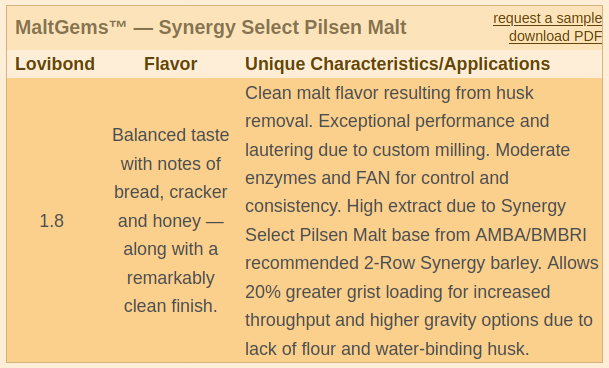so long story short, the wife is up my ass about clearing out brewing gear. so i'm thinking its time to just move to an all in one system. robobrew/digimash, etc. hoping to minimize excess gear, brew times, clean up, etc.
i've got two questions-
for those units that do the recirc during mash, is anyone seeing oxidation issues? seems to me that the overflow pipes on those units are a good place to really aerate your wort which doesnt seem ideal...
regarding chilling- are there hacks to be able to use the included IC chillers and still get decent chilling times? seeing folks chill for 30-60 minutes which seems like a long friggin time. is doing recirc/whirlpool enough to bring that into a decent range (say under 30min)?
ive looked at just using a 50' SS chiller, but the ones im seeing are too wide to fit in these guys. wanna keep it simple, and plate/CFC chillers cool quickly but take more time to set up/clean and break down. so prefer to stay with IC.
i've got two questions-
for those units that do the recirc during mash, is anyone seeing oxidation issues? seems to me that the overflow pipes on those units are a good place to really aerate your wort which doesnt seem ideal...
regarding chilling- are there hacks to be able to use the included IC chillers and still get decent chilling times? seeing folks chill for 30-60 minutes which seems like a long friggin time. is doing recirc/whirlpool enough to bring that into a decent range (say under 30min)?
ive looked at just using a 50' SS chiller, but the ones im seeing are too wide to fit in these guys. wanna keep it simple, and plate/CFC chillers cool quickly but take more time to set up/clean and break down. so prefer to stay with IC.












![Craft A Brew - Safale S-04 Dry Yeast - Fermentis - English Ale Dry Yeast - For English and American Ales and Hard Apple Ciders - Ingredients for Home Brewing - Beer Making Supplies - [1 Pack]](https://m.media-amazon.com/images/I/41fVGNh6JfL._SL500_.jpg)














































